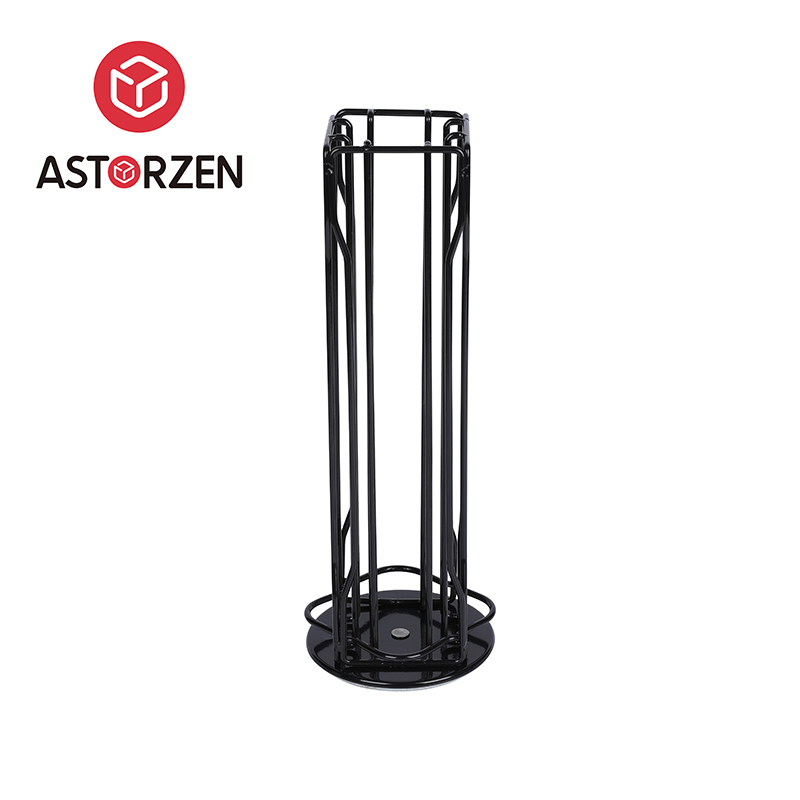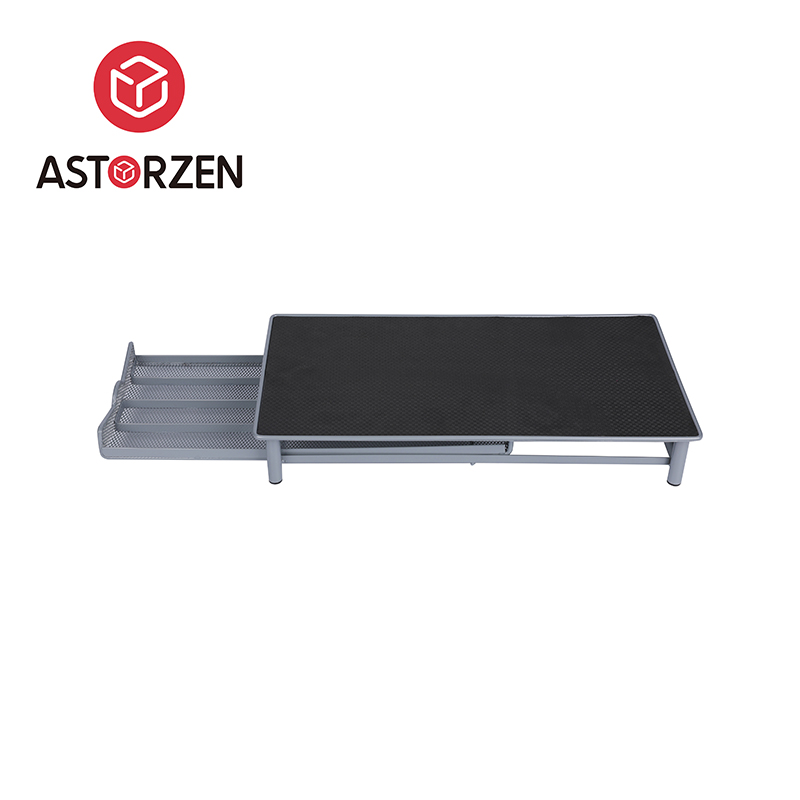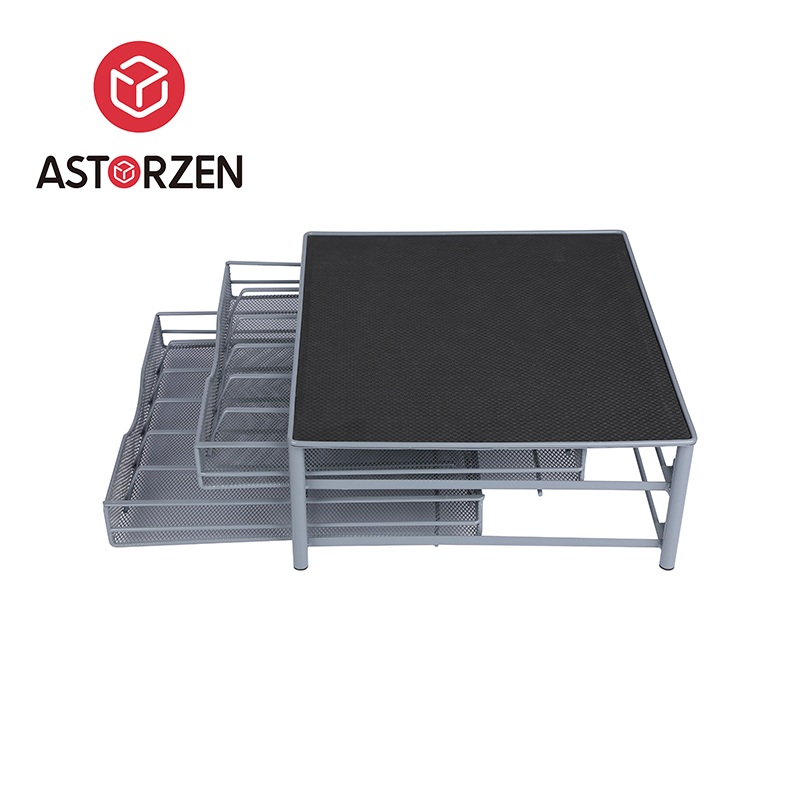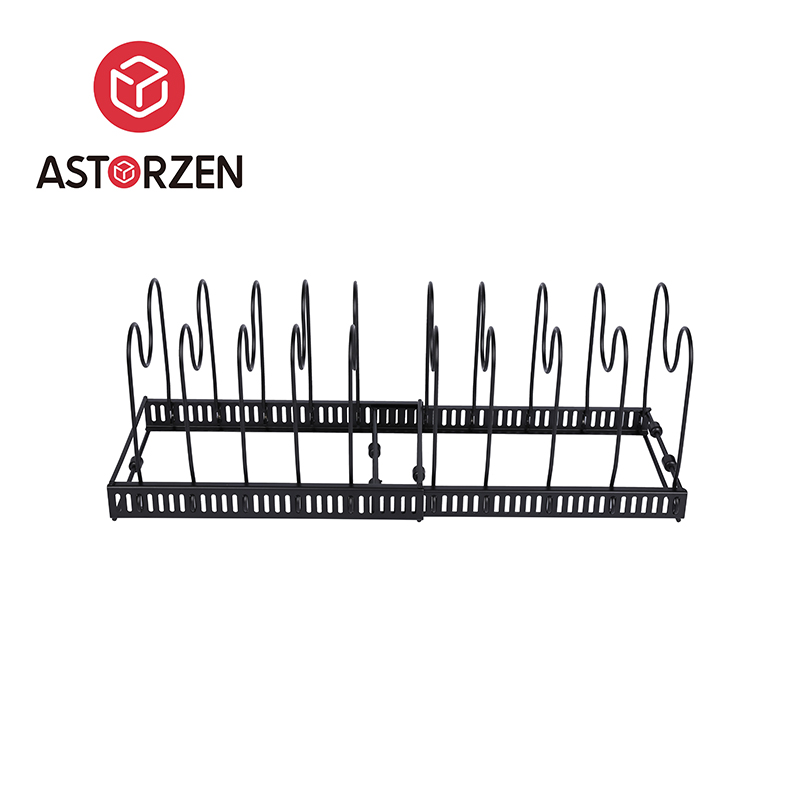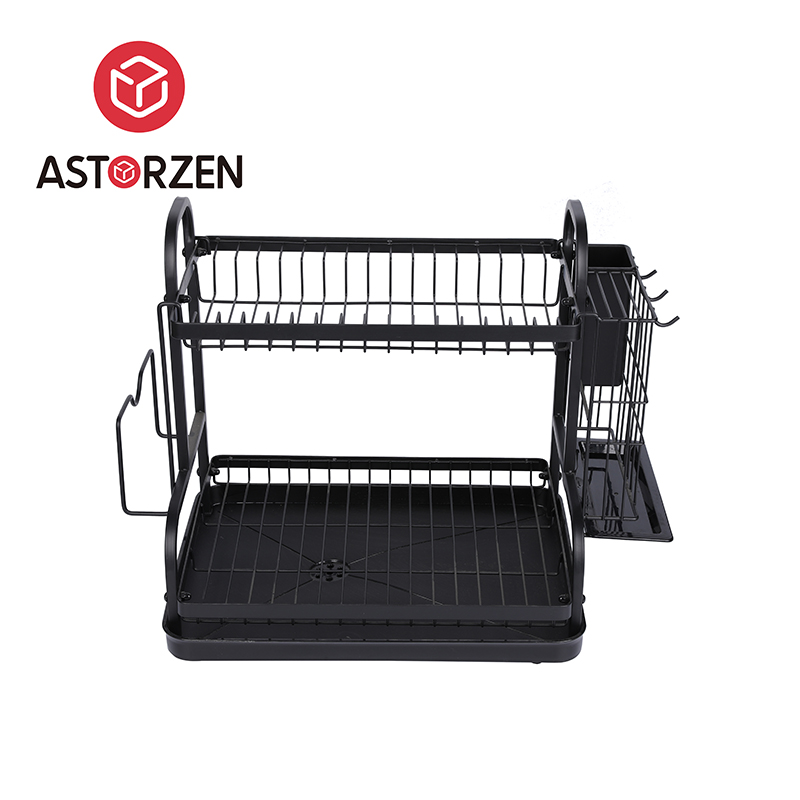|
Model |
S-003 |
|
Material |
Steel |
|
Size |
11.8"D x 4.33"W x 4.33"H |
|
Surface treatment |
Power coating or spray |
|
Color |
Balck, white, silver, customized |
|
Fearture |
Strong magnetic on fridge and other metals, convenient removable |
-
 +86-15257906761
+86-15257906761
-
 sales1@astorzen.com
sales1@astorzen.com
Magnetic Spice Rack Organizer For Refrigerator And Microwave Oven
The Magnetic Spice Rack Organizer is a space-saving storage solution designed for refrigerators and other magnetic surfaces. Constructed from rustproof material, it ensures long-term durability and resistance to moisture. The built-in heavy-duty magnets provide a secure hold, capable of supporting multiple spice containers without slipping.
This organizer optimizes kitchen space by utilizing vertical surfaces, making it ideal for small kitchens or areas with limited counter space. The adjustable design allows for easy rearrangement or expansion to accommodate varying spice quantities. Its open-frame structure ensures quick access to spices during cooking, enhancing efficiency.
Suitable for home kitchens, RVs, or dormitories, this practical organizer also serves as a functional gift for culinary enthusiasts.

-
0m²+
Factory area
-
0+ million$
Annual export value
-
0+
Number of employees
Please feel free to leave a message and we will reply to you soon.
Products Industry Knowledge
A spice rack is a small yet impactful addition to any kitchen. It enhances organization, improves accessibility, and contributes to an efficient cooking experience. With numerous styles and options available, selecting the right spice rack requires careful consideration of space, storage needs, and design preferences.
Assessing Space and Capacity
Before choosing a spice rack, it is important to evaluate where it will be placed. Wall-mounted racks save counter space and are ideal for compact kitchens. Drawer inserts offer a tidy, hidden solution, while countertop racks provide quick access during cooking. The number of spice jars you own should also guide the selection—some racks hold just a few containers, while others accommodate up to 30 or more.
Ease of Access and Organization
An effective spice rack should allow easy identification and access to each spice. Tiered shelves, rotating (lazy Susan) designs, or pull-out drawers are good for visibility and accessibility. Label-friendly surfaces or built-in labeling systems can further streamline your cooking process by helping you locate specific spices quickly.
Compatibility with Containers
Consider whether the rack includes spice jars or is designed for standard container sizes. Some racks offer adjustable slots or modular components to fit various shapes and sizes. Others come as complete sets with matching jars, often including funnels and labels.
Style and Maintenance
Spice racks come in materials like wood, plastic, glass, and metal. Choose a style that complements your kitchen's design. Maintenance is also essential—opt for materials that are easy to clean and resist moisture and staining.
By considering these practical elements, you can select a spice rack that not only organizes your spices but also enhances your kitchen's functionality and appearance.
Material Selection and Manufacturing Process of Space-Saving Steel Spice Rack Organizer
The space-saving steel spice rack organizer has become a preferred choice in modern kitchens due to its strength, durability, and sleek design. The combination of thoughtful material selection and efficient manufacturing ensures a product that is both functional and long-lasting.
Material Selection: Steel for Durability and Design
Steel is the material of choice for many spice rack organizers because of its structural integrity and resistance to deformation. Stainless steel and carbon steel are commonly used. Stainless steel is particularly advantageous for kitchens because it resists rust, corrosion, and staining, even in humid environments. For a more affordable option, carbon steel with a powder-coated finish offers similar performance in terms of strength, with added protection from wear and moisture.
To enhance the space-saving function, thin but sturdy steel sheets are formed into minimalist frames and trays that optimize vertical or wall-mounted storage. The material allows for slimmer designs without compromising on load-bearing capability, making it suitable for holding multiple spice jars safely.
Manufacturing Process: Precision and Protection
The manufacturing of steel spice racks typically involves laser cutting, bending, and welding processes. Laser cutting ensures accurate dimensions and clean edges, which are critical for fitting jars securely. Precision bending shapes the steel into shelves and holders with consistent angles, enhancing stability and uniformity.
Welding is used to assemble the frame, creating a strong, seamless structure. Once the frame is built, the final and crucial step is the surface treatment. Powder coating is commonly applied to prevent corrosion and improve aesthetics. This dry finishing process results in a smooth, durable surface that is resistant to scratches and easy to clean.



 English
English 日本語
日本語 русский
русский عربى
عربى

